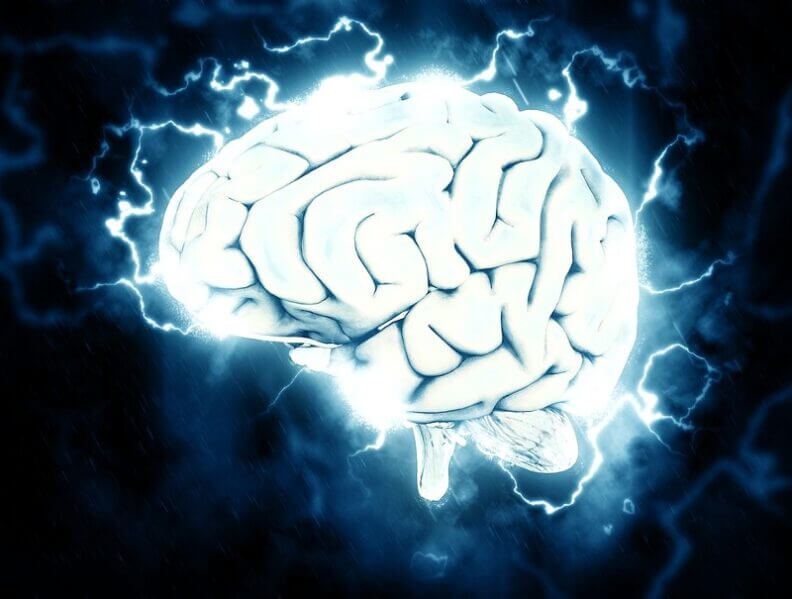In the intricate dance of decision-making, we often find ourselves pausing to consider the potential outcomes of our choices. This mental simulation, a cornerstone of planning and decision-making in everyday life, has long been a subject of fascination for scientists. Now, an international team of researchers has made significant strides in unraveling the neural mechanisms behind this complex cognitive process.
The study, published in the journal Nature Neuroscience, suggests that an interplay between the brain’s prefrontal cortex and hippocampus allows us to imagine future outcomes and guide our decisions. Marcelo Mattar, an assistant professor in New York University’s Department of Psychology and one of the paper’s authors, explains, “The prefrontal cortex acts as a ‘simulator,’ mentally testing out possible actions using a cognitive map stored in the hippocampus.”
Developing a Computational Model to Predict Brain Activity
To illuminate the neural mechanisms of planning, Mattar and his colleagues—Kristopher Jensen, a computational neuroscientist at University College London, and Guillaume Hennequin, a professor of computational neuroscience at the University of Cambridge—developed a computational model to predict brain activity during planning. The model, a recurrent neural network (RNN) that learns patterns based on incoming information, took into account existing knowledge of planning and added new layers of complexity, including “imagined actions.”
These mental simulations of potential futures, modeled as interactions between the prefrontal cortex and hippocampus, enable us to rapidly adapt to new environments, such as taking a detour after finding that a road is blocked. The model captures how decision-making involves weighing the impact of potential choices—similar to how a chess player envisions sequences of moves before committing to one.
Validating the Model through Human and Animal Experiments
To validate the computational model, the scientists conducted a novel experiment measuring how humans navigated an online maze on a computer screen and how long they had to think before each step. They also analyzed neural recordings from rodents navigating a physical maze configured in the same way as in the human experiment, drawing parallels between the behavioral and neural data.
The experimental results were consistent with the computational model, showing an intricate interaction between the prefrontal cortex and hippocampus. In the human experiments, participants’ brain activity reflected more time thinking before acting in navigating the maze. Similarly, in the experiments with laboratory rats, the animals’ neural responses in moving through the maze resembled the model’s simulations.
The study’s innovative approach of giving a similar task to humans, rats, and RNNs offers a foundational way to gain insights into behaviors. Mattar emphasizes the significance of this research, stating, “Overall, this work provides foundational knowledge on how these brain circuits enable us to think before we act in order to make better decisions.”
The findings of this study not only advance our understanding of the neural and cognitive mechanisms of planning but also have potential implications for the treatment of disorders affecting decision-making abilities. As scientists continue to unravel the complexities of the brain, this research serves as a stepping stone towards a deeper understanding of the intricate processes that shape our choices and actions.


